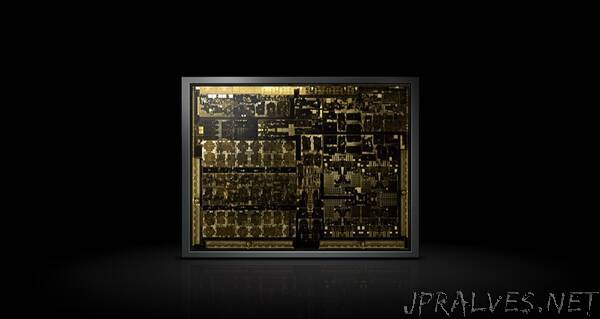
“World’s first autonomous driving system-on-a-chip meets toughest safety standards, according to TÜV SÜD.
Attaining the highest levels of safety takes years of hard engineering work and investment. Now, autonomous vehicle developers can achieve it with a single system-on-a-chip.
The NVIDIA Xavier SoC passed the final assessment for safety product approval by TÜV SÜD, one of the most knowledgeable and stringent safety assessment bodies in the industry.
TÜV SÜD has determined that the chip meets ISO 26262 random hardware integrity of ASIL C and a systematic capability of ASIL D for process — the strictest standard for functional safety.
NVIDIA Xavier, the world’s first processor for autonomous driving, is the most complex SoC the safety agency has assessed in its 150-year history.
As part of a three-step approach, TÜV SÜD has previously assessed the process to develop Xavier as well as the SoC’s architecture. This current assessment completes the last step to show that Xavier SoC meets all applicable requirements of ISO 26262.
NVIDIA is working with the entire industry to ensure the safe deployment of autonomous vehicles. It participates in standardization and regulation bodies worldwide, including the International Organization for Standardization (ISO), the Society of Automotive Engineers (SAE), the Institute of Electrical and Electronics Engineers (IEEE), the United Nations Economic Commission of Europe (UNECE), the National Highway Traffic Safety Administration (NHTSA), the Association for Standardization of Automation and Measuring Systems (ASAM) and the European Association of Automotive Suppliers (CLEPA).
By working with these groups — and having our technology reviewed by them — we’re able to share our expertise while also delivering a robust AI computing system for the entire industry.
It Takes a Village
The TÜV SÜD assessment spans multiple disciplines in Xavier’s development. The audit reviewed 1,400 internal work products across a range of cross-functional teams, all contributing to the most complex SoC ever assessed.
Xavier contains 9 billion transistors to process vast amounts of data, as well as thousands of safety mechanisms to address random hardware failures. Its MIPI CSI-2 and Gigabit Ethernet high-speed I/O connects Xavier to the largest array of lidar, radar and camera sensors of any chip ever built.
Inside the SoC, six types of processors — ISP (image signal processor), VPU (video processing unit), PVA (programmable vision accelerator), DLA (deep learning accelerator), CUDA GPU, and CPU — process 30 trillion operations per second.
Using any one of these components separately would require significant investment to achieve the same safety functionality as the complete Xavier SoC. By choosing Xavier, autonomous vehicle developers can meet the highest levels of safety with a single processor.
Raising the Bar
This milestone also marks Xavier as one of the first processors to meet the requirements of the latest ISO 26262 standard.
ISO 26262 is the definitive global standard for automotive functional safety — a system’s ability to avoid, identify and manage failures. In 2018, the organization released the second edition of these standards to adapt to new vehicle technologies.
The standards cover the hardware itself as well as the processes that surround it — ensuring a product has been developed in a way that mitigates potential systematic and random hardware faults. That is, SoC development must not only avoid failures whenever possible, but also detect and respond to them when they cannot be avoided.
Under these standards, Xavier has been determined to meet the requirements for random hardware integrity of ASIL C and a systematic capability of ASIL D — the highest degree of safety integrity. ASIL refers to a component’s automotive safety integrity level and classifies the ability to mitigate risk of hazard on a scale of A to D, A representing the lowest degree and D the highest.
By meeting these requirements, Xavier has demonstrated the ability to achieve the necessary complexity for high-performance compute, while also maintaining functional safety.
Completing this assessment is just the start of NVIDIA’s journey to deliver safer and more efficient transportation. We continue to raise the bar for AI compute, ensuring safety in development and execution at every step.”
